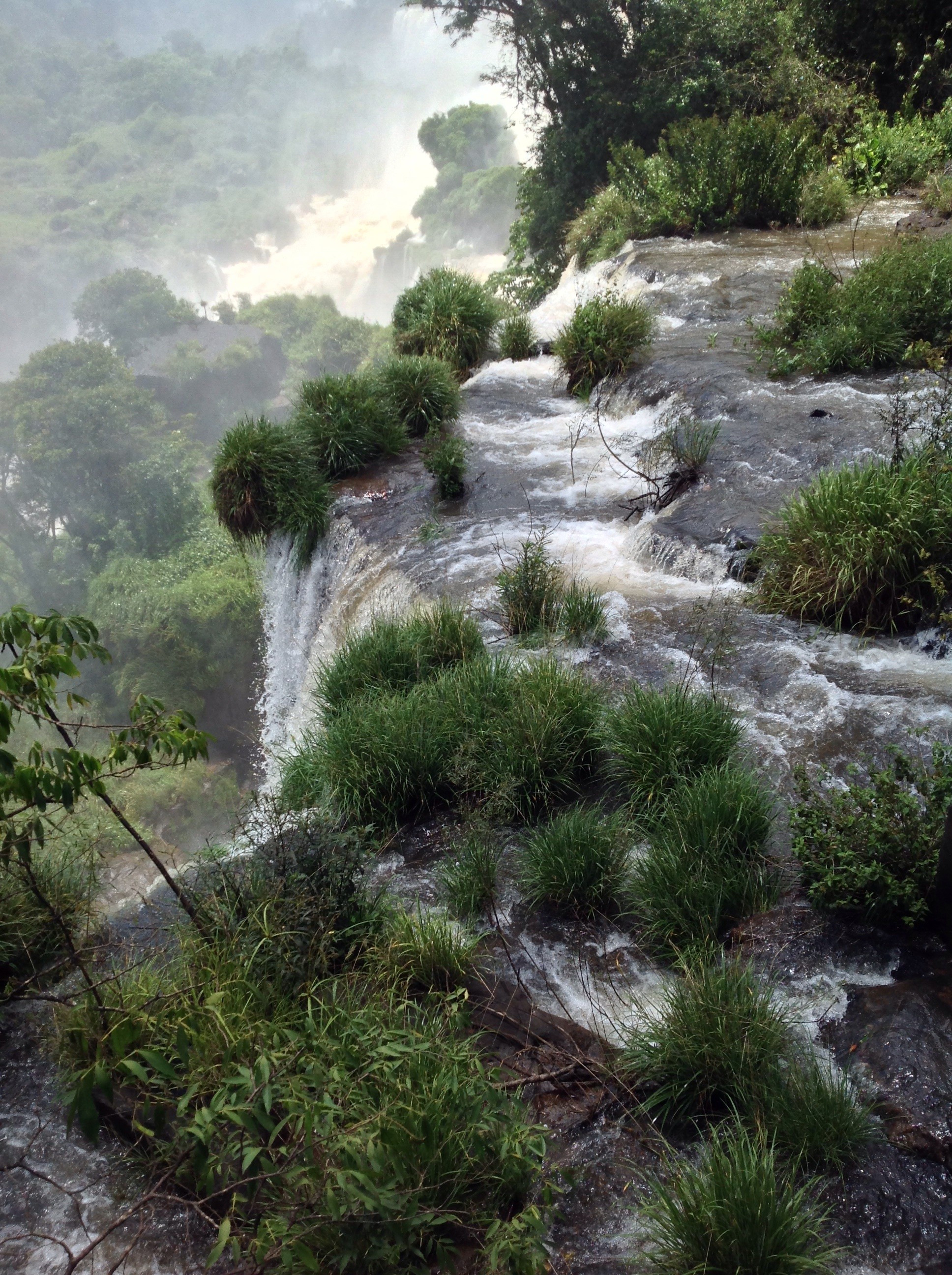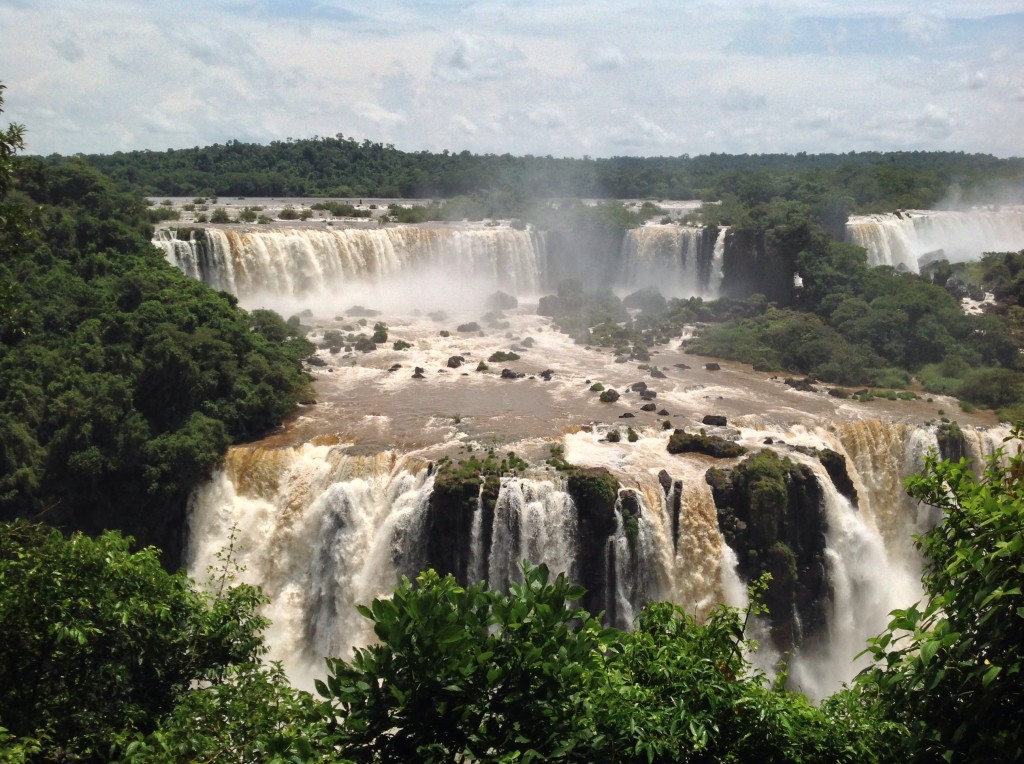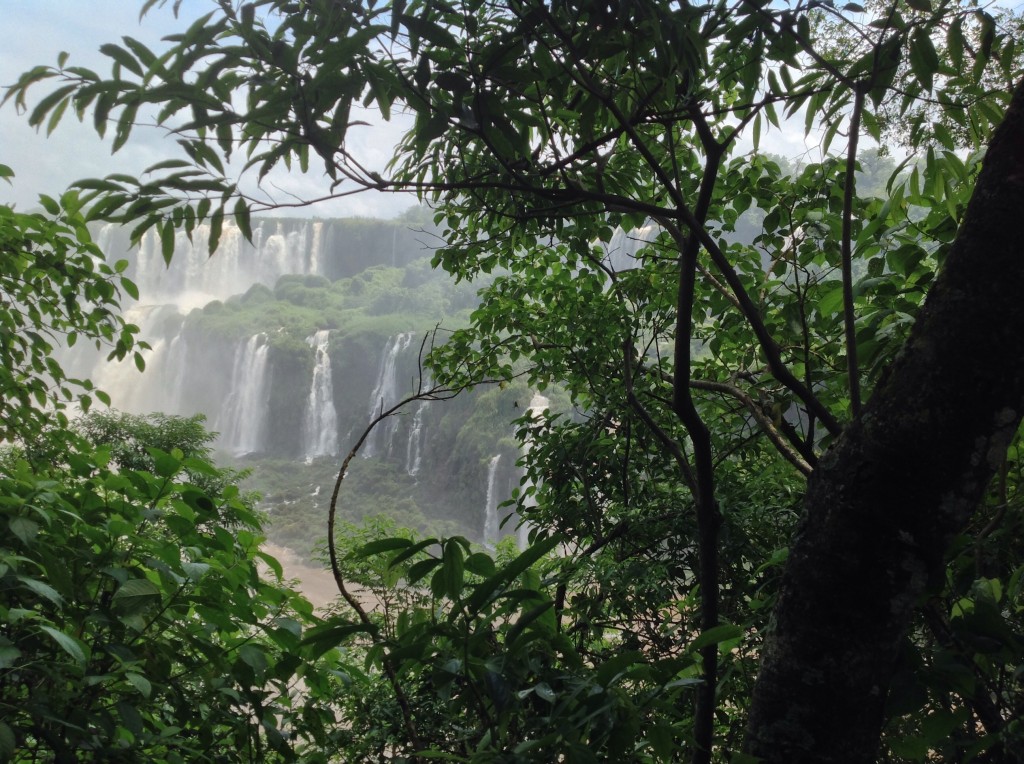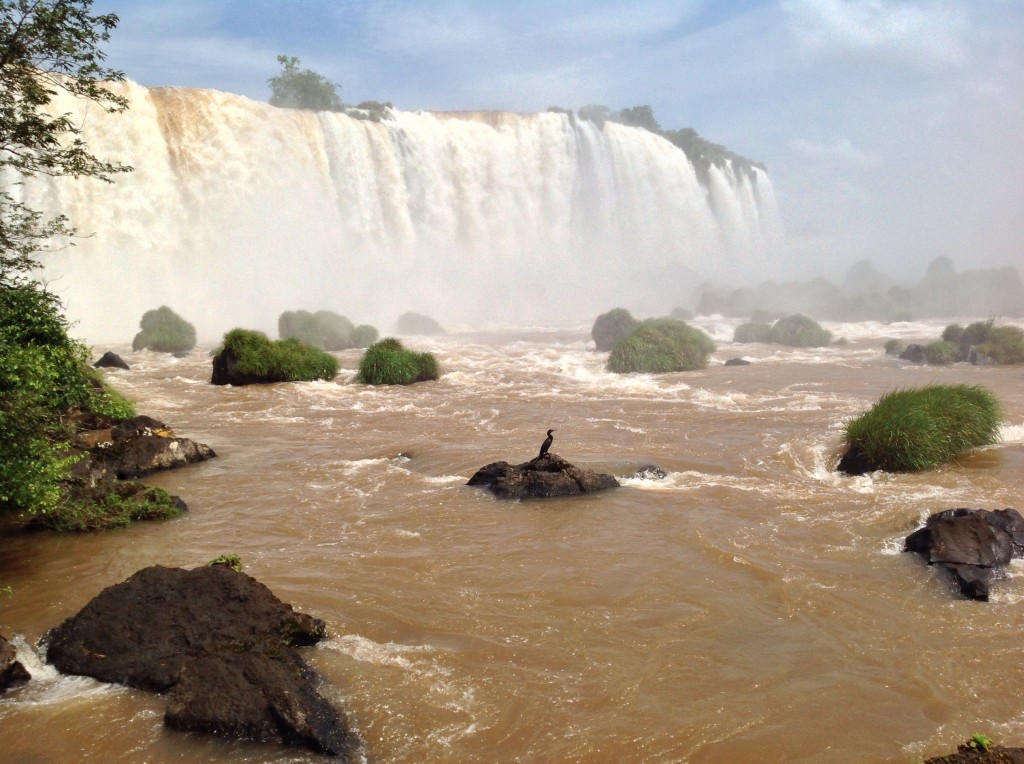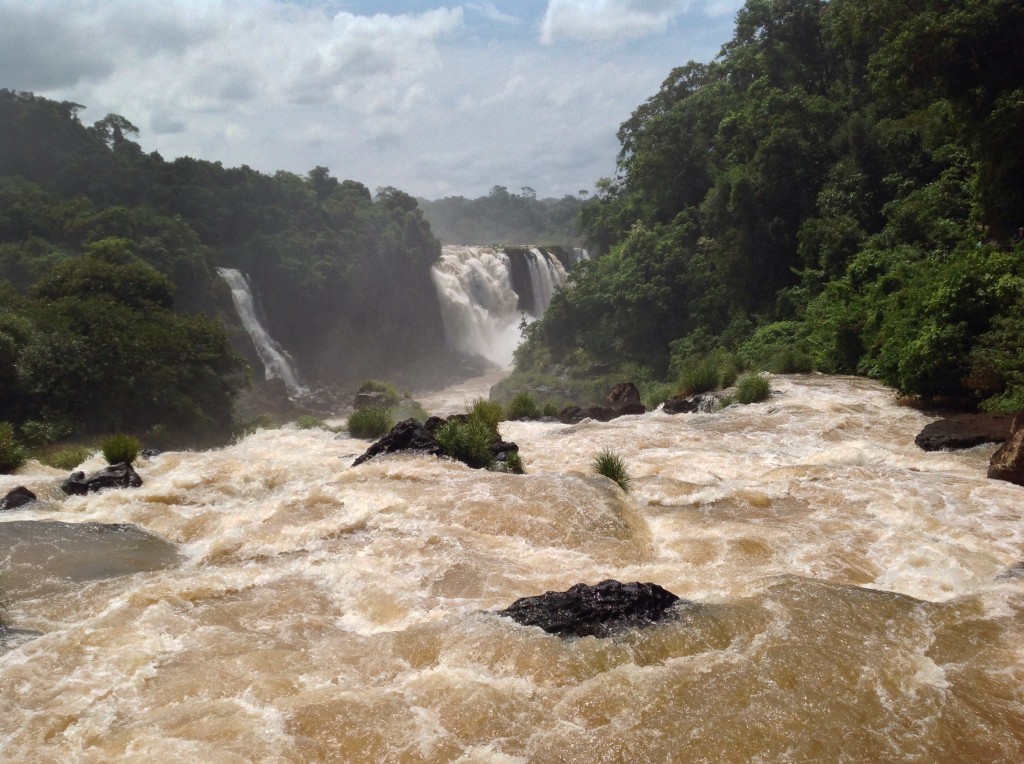I’ve often heard that one of the best (and worst) features of the internet is that it gives everybody a voice. Often it seems that the “voice” is showcasing the brightest, best and proudest moments of one’s life. The perspective then becomes a distorted view of how we see ourselves and more importantly, how we want to be seen by others.
A new app, Secret, aims to bring back the genuine side missing in digital communication by allowing friends to share secrets anonymously. One advertisement reads “Speak Freely – Introducing a new way to connect with friends.” I find this confusing. To me connecting with friends, or another human, means sharing the vulnerabilities, the ugly bits, and the fun stuff. So how are meaningful connections built with friends through anonymous communications? The word “friend” in the digital world often has a different connotation from “friend” in the flesh-and-blood world. A digital friend could be only a connection, a contact, or an anonymous and random stranger with whom you bonded over toneless digital communications and emoticons.
Over thousands of years humans have developed behaviors and emotions to engage in face-to-face interactions. Technology made some aspects of this easier, at least for maintaining contact either on a more frequent or long-distance basis. But along with this readily available easy communication, the human element got trampled. Secret is now trying to recapture it by providing a forum for friends to anonymously share secrets. What’s the point?
A blog post on The Huffington Post called Social Media’s New Dark ‘Secret’, discusses how damaging Secret is precisely because every post is about somebody in your social circle. Even though it’s anonymous sometimes enough details are shared that everybody knows who is being referenced even without names. In this case wouldn’t it be better to just talk to your “friend” directly rather than posting potentially damaging things about him/her? Isn’t that what friends are for?
Reading through the company website it seems that the founders of Secret really believe anonymous sharing fosters a sense of community and openness with your circle. To me it just sounds like a digital version of writing on the bathroom wall about somebody, similar to when I was in middle school.
There are so few things that we truly own in this world. Your voice is one of them, be mindful of that. It’s precious.




